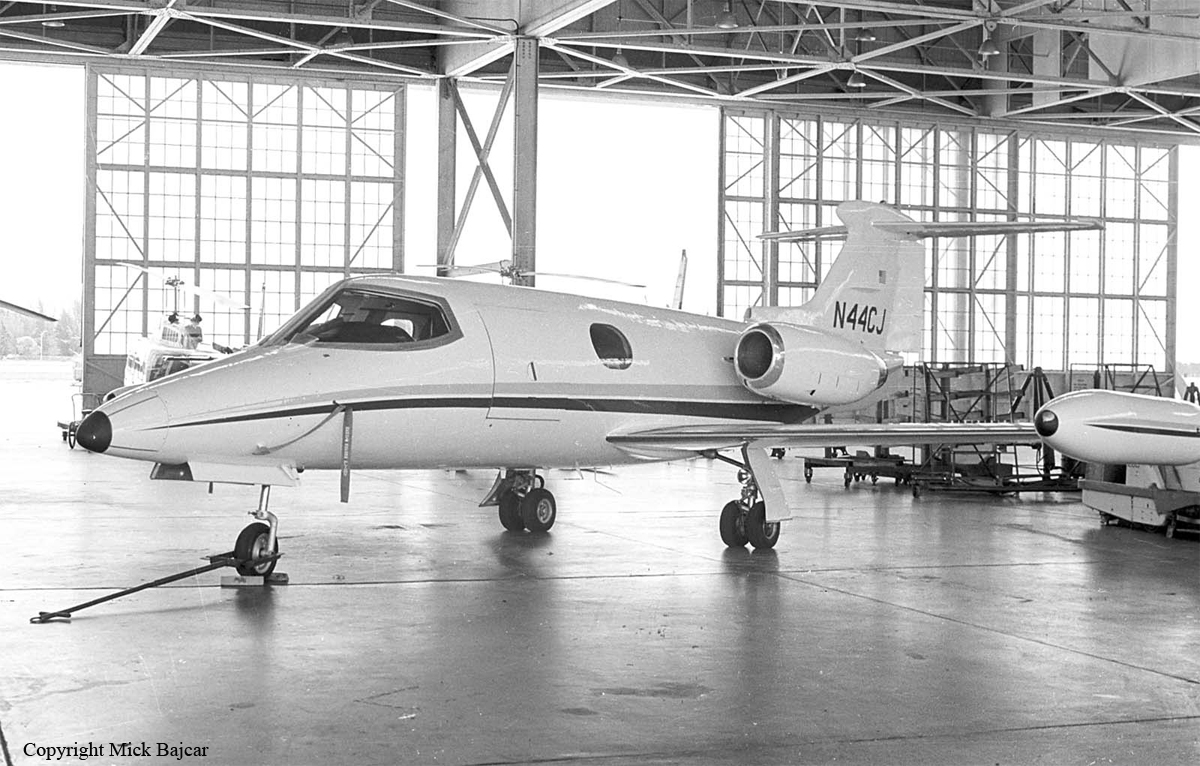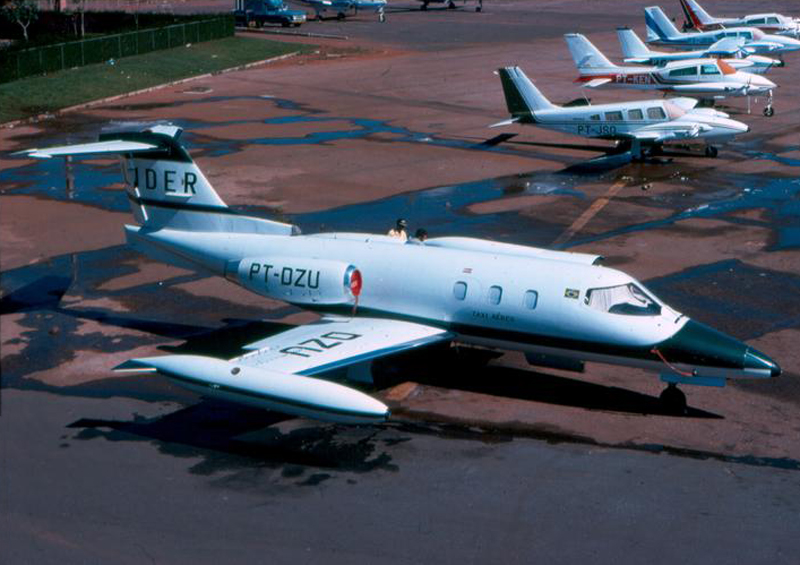Crash of a Learjet 24F off Charlotte Amalie: 2 killed
Date & Time:
Nov 10, 1984 at 1906 LT
Registration:
N81MC
Survivors:
Yes
Schedule:
Fort Lauderdale - Charlotte Amalie
MSN:
24-344
YOM:
1977
Crew on board:
2
Crew fatalities:
Pax on board:
2
Pax fatalities:
Other fatalities:
Total fatalities:
2
Captain / Total hours on type:
3000.00
Aircraft flight hours:
2643
Circumstances:
While executing a night visual approach to runway 09 in visual meteorological conditions the aircraft was allowed to descend; crashing into water 2 miles short of the runway. The pilot was not familiar with the airport and failed to make use of a full instrument landing system and visual approach slope indicating system which were operational for runway 09 at the time of the accident. The pilot stated there were no mechanical malfunctions with the aircraft which attributed to the accident. The aircraft was equipped with a radar altimeter system which also was not used by the pilot. The pilot performed two missed approaches because the airport was not in sight. The accident occurred during the 3rd attempt. Neither the pilot-in-command nor the copilot were properly certificated for the flight.
Probable cause:
Occurrence #1: in flight collision with terrain/water
Phase of operation: approach - vfr pattern - final approach
Findings
1. (f) in-flight planning/decision - poor - pilot in command
2. (f) pilot in command
3. (f) planned approach - poor - pilot in command
4. (f) lack of familiarity with geographic area - pilot in command
5. (f) crew/group coordination - poor - pilot in command
6. (f) light condition - dark night
7. (c) proper glidepath - not attained - pilot in command
8. Terrain condition - water, glassy
9. (c) proper altitude - not maintained - pilot in command
Phase of operation: approach - vfr pattern - final approach
Findings
1. (f) in-flight planning/decision - poor - pilot in command
2. (f) pilot in command
3. (f) planned approach - poor - pilot in command
4. (f) lack of familiarity with geographic area - pilot in command
5. (f) crew/group coordination - poor - pilot in command
6. (f) light condition - dark night
7. (c) proper glidepath - not attained - pilot in command
8. Terrain condition - water, glassy
9. (c) proper altitude - not maintained - pilot in command
Final Report:







